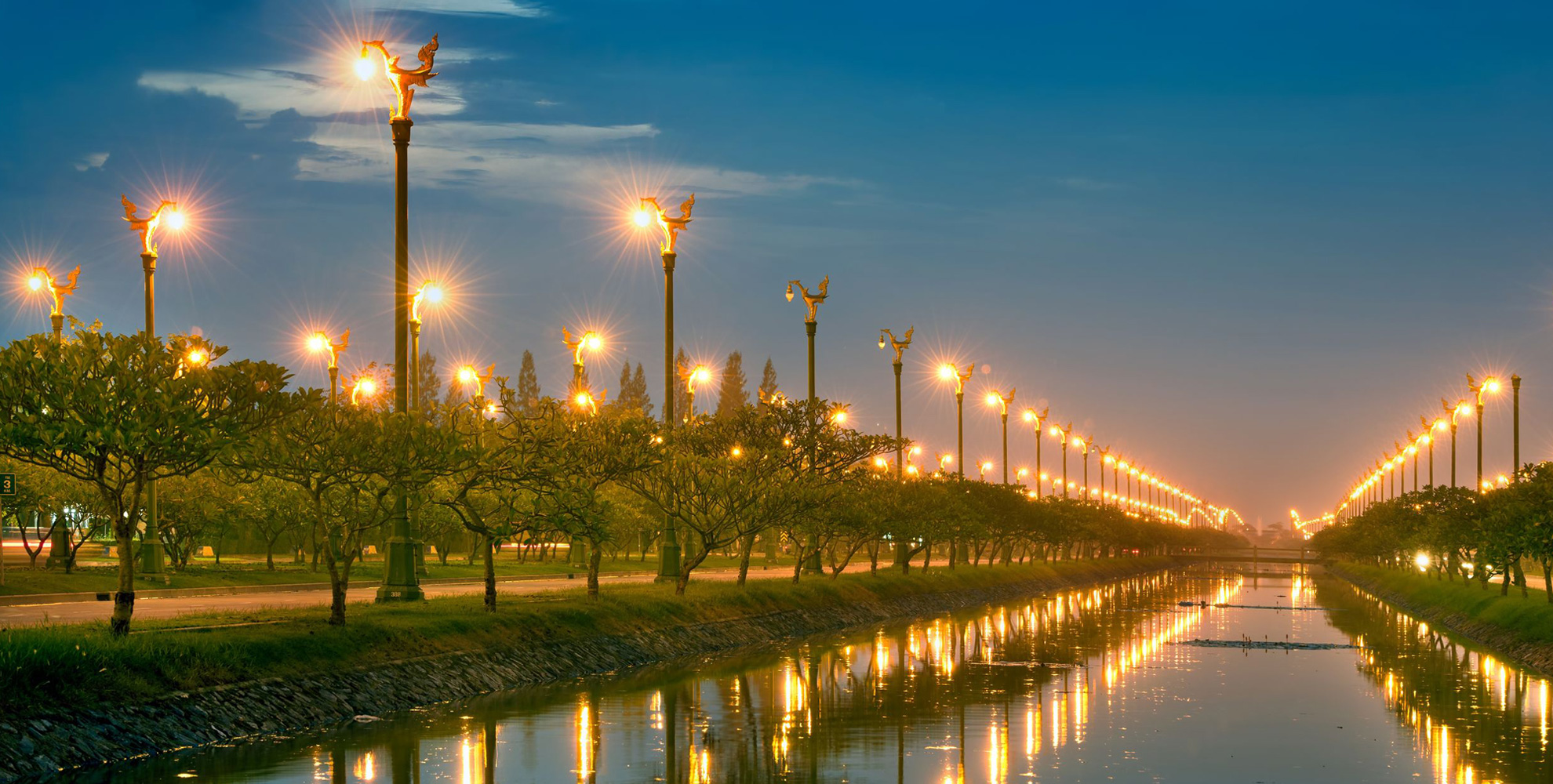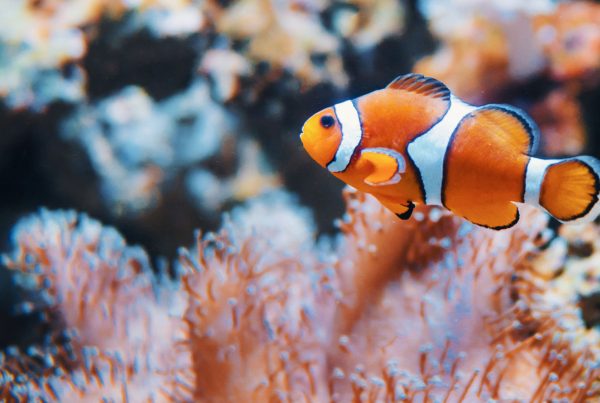Since the lightbulb was invented, people have illuminated every dark corner of their homes. It was a ground-breaking discovery which has, albeit unintentionally, robbed us of one of the key parts of our lives – night. Today, we thus face a fundamental problem – We have too much light at night. Streetlights, illuminated advertising and excessively illuminated buildings have stolen natural darkness away from our cities and replaced it with light, which we consider safer and more natural. Electrical lights have brought a revolution to our lives, but constantly increasing volume of exterior lighting makes it difficult for us to ignore the fact that this revolution has brought worsened human health and spoiled lives of animals and plants.
Light pollution affects people, fauna and flora
Just as we need light for our lives, so we need darkness. Light should, therefore, be in a balance with darkness. All the living organisms on the Earth are used to it, as they adapt their mating rituals, navigation, provision of food and other biological processes to the alternation of night and day. However, the artificial light brings more light into our nights as we avoid darkness. Such an activity can lead to serious, albeit unintentional, consequences.
Light pollution presents excess of artificial light during night hours. Excessively illuminated streets, inefficient streetlights, flashing advertising and excessively illuminated public buildings cause excess of light when there should naturally be darkness on the Earth. If we look at this issue from the astronomic point of view, light pollution prevents us from seeing the night sky clearly. The impact of light pollution is more serious as regards ecology, as it significantly changes the lives of land and water ecosystems.
We disrupt our natural biorhythm
Alternation of day and night triggers processes in our brains that help us to fall asleep at night and wake up in the morning. If we disrupt this natural night-and-day cycle by artificial light, we can prevent the production of a particularly important hormone called melatonin. It is this very hormone which regulates our sleep pattern and has a significant impact on our health. If light pollution disturbs the light regime, there is a risk of the decrease of this hormone that will reflect in poor immunity, longer regeneration, weaker physical performance, worse memory and mental discomfort.
The disruption of circadian rhythm and natural light cycles has inconspicuous, but proven consequences on people. Watching television late into the night, penetration of street lighting into bedrooms at night as well as sleeping having artificial light turned on cause interference with natural rhythm of human organism.
Which light is the most natural for humans?
Interference with the sleep cycles is especially strong due to newer blue-white LED tubes that are used more and more often throughout the world because of their energetical efficiency and low price. However, blue light increases light pollution and has the worst impact on people as well as on other animals. Yellow light is the most natural for us.
Each of us can fight against light pollution
If light pollution has such a great impact on people, what effect will it have, for example, on animals and plants which, unlike us, do not have a chance to regulate the artificial light by themselves? When we look at the natural habits in the animal world where more depends on the alternation of darkness and light than just sleep, the artificial light has fatal consequences for preservation of biodiversity. It disturbs the mating rituals, prevents natural navigation, and causes disorientation in night animals.
It is necessary that everyone does their part, if we want to find an adequate solution to this problem. It is important to take the road of effective and efficient solutions. It is not a question of absolute darkness and turning off everything that shines. It is important to focus on the nature of what we need to illuminate, find suitable light, direct it properly, and, especially, not to waste it uselessly.
We can take simple steps to protect the health of people and animals, decrease energy consumption and, last but not least, save costs spent on senseless shining into nothing. The most common problem of public and advertising lighting is incorrectly directed light that does not illuminate the relevant objects but shines into empty space. The following recommendations can be implemented by any person in their home, a representative of a bog corporation as well as an employee of a municipal authority responsible for public lighting.
Steps to reduction of light pollution:
- Turn the light on only if it is really necessary
- Use low-temperature LED diodes. It is better to use tones of yellow and natural light than tones of blue
- Use lights with movement sensors or timers for exterior garden or yard lighting
- Choose exterior lights with covered light source to avoid sharp and disturbing light
- Direct exterior lighting to the places that need to be illuminated and, if the conditions allow it, cover them from the top so that they do not shine upwards
- Always turn off the unnecessary interior lights
- Keep your home as dark as possible at night. If you need to use bathroom at night, do not turn on the light or install a subdued red light with a movement sensor inside it. Sharp white bathroom light would disrupt your rhythm
- Turn off all electrical devices at least one hour before going to sleep. You can also use modern applications to filter blue light
- In the evening, use curtains or blackout jalousie to prevent the exterior light from getting inside. By doing so, you will prevent insects from getting inside and protect birds from hitting the glass
- It is ideal to switch the advertising screens to a static mode at night and decrease their glow, and to turn them off at times of minimum activity
- Advertising billboards should not be illuminated at all, and, if they are, the light should be directed downwards from the top, thus reducing the volume of light directed into the sky
- Streetlights should be directed downwards, not into the sky. Public spaces are often equipped with lamps with 50% of light being directed upwards. They thus waste energy and illuminate area nobody uses. Streetlights should, therefore, have right shape and emit yellow light which is closest to the sunshine and does not attract insects



